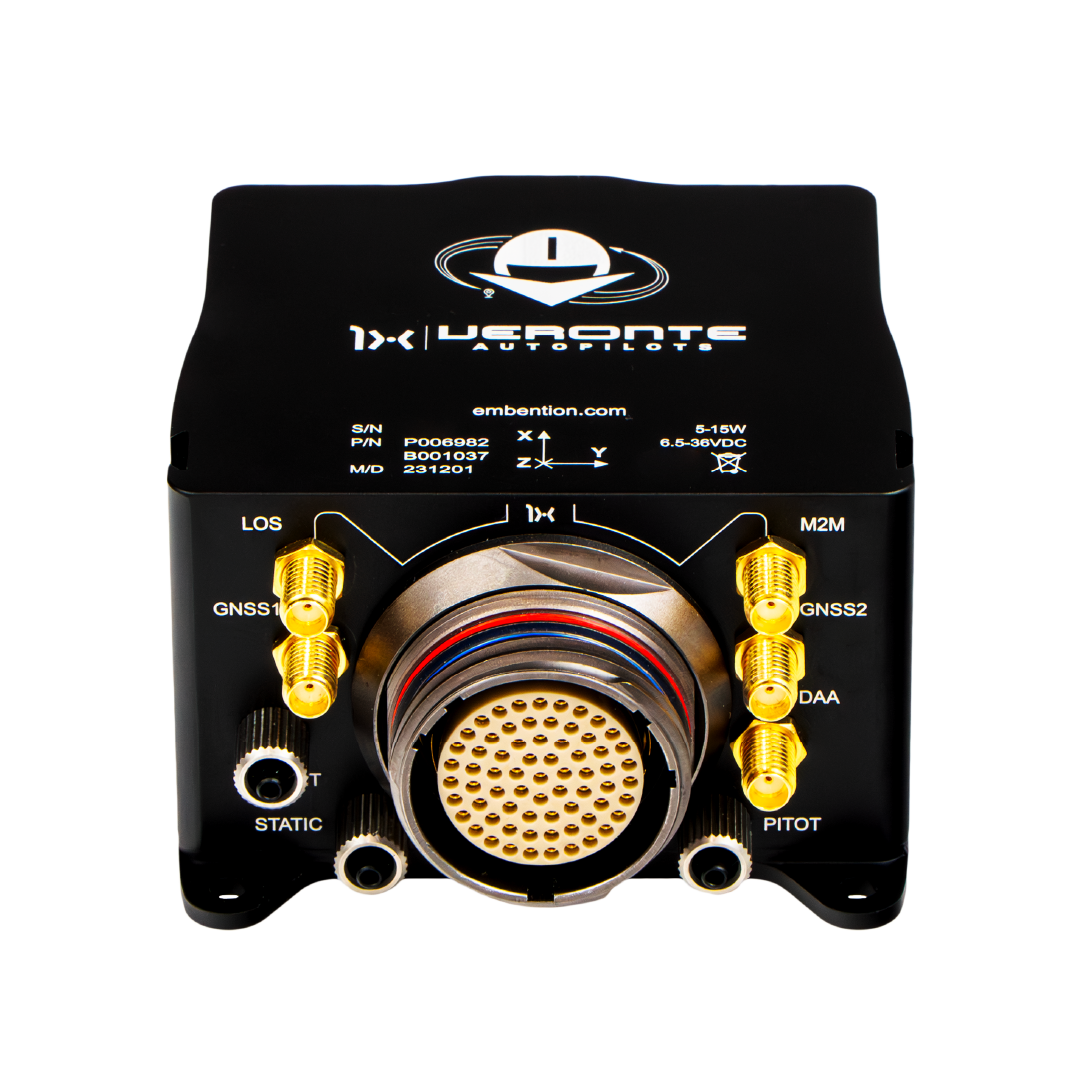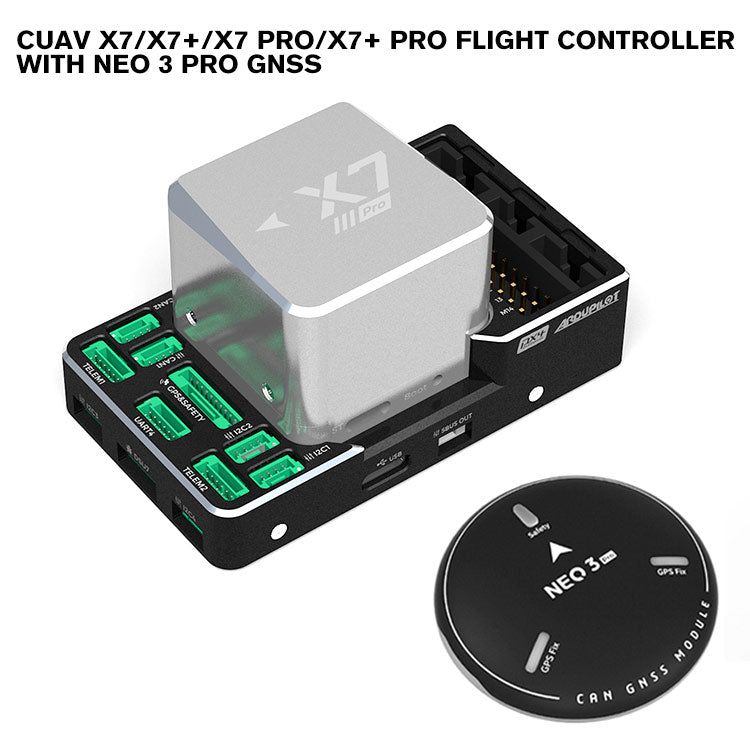Understanding the Important Functions and Functions of a Drone Flight Controller for Optimal Aerial Efficiency
The flight controller serves as the pivotal component in a drone's architecture, orchestrating its motions and making sure stability with a sophisticated interaction of information and sensors processing. With innovations in technology, the landscape of flight controllers is swiftly developing, prompting a more detailed evaluation of what truly defines ideal functionality in this critical system.
Summary of Flight Controllers
When exploring the world of drone technology, comprehending trip controllers is important for both experts and enthusiasts alike. Trip controllers act as the mind of the drone, coordinating its movements and guaranteeing stability during trip (SparkNavi drone flight controller and GNSS/INS made in taiwan). They refine data from different sensors, including gyroscopes, measures, and accelerometers, to keep equilibrium and react to pilot inputs efficiently
The architecture of trip controllers can differ significantly, varying from standard versions made for entry-level drones to advanced systems geared up with sophisticated attributes for specialist applications. The assimilation of GPS capabilities allows accurate navigating and positioning, while programmable firmware allows users to tailor flight features to fit their particular requirements.
In addition, trip controllers are critical in facilitating interaction between the drone and the remote, allowing real-time changes and telemetry information transmission. Understanding the various sorts of trip controllers, consisting of multi-rotor, fixed-wing, and crossbreed systems, is crucial for choosing the proper version for a given application. Ultimately, a detailed understanding of trip controllers not just improves the flying experience yet also takes full advantage of the efficiency and safety and security of drone procedures.
Key Functions of Flight Controllers
Flight controllers play a critical function in handling a drone's trip dynamics by performing numerous essential functions that guarantee stability and responsiveness. One of the main features is the stablizing of the drone's positioning and altitude. This is achieved through the integration of numerous sensing units, including gyroscopes, accelerometers, and measures, which constantly check the drone's position and movement.
.jpg)
Another necessary function is the processing of control inputs from the pilot or autonomous systems. The flight controller analyzes these inputs and readjusts the drone's electric motor rates appropriately to attain the preferred trip path. This includes handling roll, pitch, and yaw, which are critical for ability to move.
Furthermore, flight controllers are geared up with foolproof devices. These features are made to react to important situations, such as low battery levels or loss of signal, by initiating predefined actions like returning to the launch factor or hovering in position.

Crucial Attributes to Take Into Consideration
When choosing a drone flight controller to ensure ideal efficiency and check my source reliability,Various vital attributes ought to be taken right into account. One vital element is the controller's processing power, which establishes its capability to deal with complex trip algorithms and real-time information handling. A higher handling capability enhances responsiveness and security throughout trip.
One more important attribute is the number of sustained flight modes. A functional flight controller need to offer different settings, consisting of acro, altitude hold, and GPS-assisted settings, catering to different pilot ability levels and operational circumstances. Furthermore, the presence of integrated safety features, such as fail-safes and geofencing, can significantly boost operational safety and security.
Compatibility with numerous i was reading this communication methods is likewise essential, as it ensures smooth assimilation with various other tools and peripherals, such as remote controllers and telemetry systems. Moreover, the controller's firmware should be user-friendly and consistently upgraded to incorporate brand-new functions and optimizations.
Combination With Sensors and Equipments
A flight controller's efficiency is heavily affected by its capacity to integrate with different sensing units and systems. This integration is essential as it makes it possible for the trip controller to receive real-time data essential for efficient trip management. Secret sensing units consist of GPS, inertial dimension units (IMUs), barometers, and magnetometers, each supplying essential information concerning the drone's placement, orientation, and altitude.

In addition, progressed flight controllers support combination with payload systems, including electronic cameras and other sensors, enabling enhanced performances such as independent navigating and barrier evasion. This interconnectedness not only boosts the drone's operational abilities but also increases its application possible throughout numerous markets, from airborne photography to farming tracking. Hence, a well-integrated trip controller is fundamental for achieving optimum airborne performance and ensuring the integrity of drone operations.
Tips for Optimizing Performance
To make best use of the efficiency of your drone, a number of essential approaches can be used that emphasis on maximizing both software and hardware components. Ensure that the trip controller firmware is up to day. Producers often release updates that boost stability, enhance capability, and fix insects. Consistently looking for these updates can considerably impact your drone's efficiency.
Next, calibrate your sensors, consisting of the accelerometer and gyroscope, to guarantee exact readings. Proper calibration decreases drift and enhances trip security, especially throughout complex maneuvers. Additionally, take into consideration updating the hardware components, such as motors and propellers, to boost thrust and effectiveness. High-quality props can lower drag and increase flight time.
Fine-tune your flight setups, consisting of PID (Proportional, Important, Derivative) worths, to achieve smooth and receptive handling. By executing these approaches, drone operators can substantially enhance airborne efficiency, leading to a more reliable and delightful flying experience.
Verdict
In final thought, a comprehensive understanding of drone flight controllers is important for improving aerial performance. By prioritizing these elements, operators can dramatically raise the performance and reliability of their drone systems in varied applications.
Flight controllers serve as the mind of the drone, coordinating its movements and making sure security throughout flight.Trip controllers play a critical function in managing a drone's trip dynamics by implementing a number of crucial functions that ensure security and responsiveness. The trip controller analyzes these inputs and changes the drone's electric motor speeds as necessary to achieve the desired flight path.Countless essential features need to be taken right into account when selecting a drone flight controller to make certain optimal efficiency and dependability. Hence, a well-integrated flight controller is essential for attaining ideal airborne performance and making certain the dependability of drone operations.